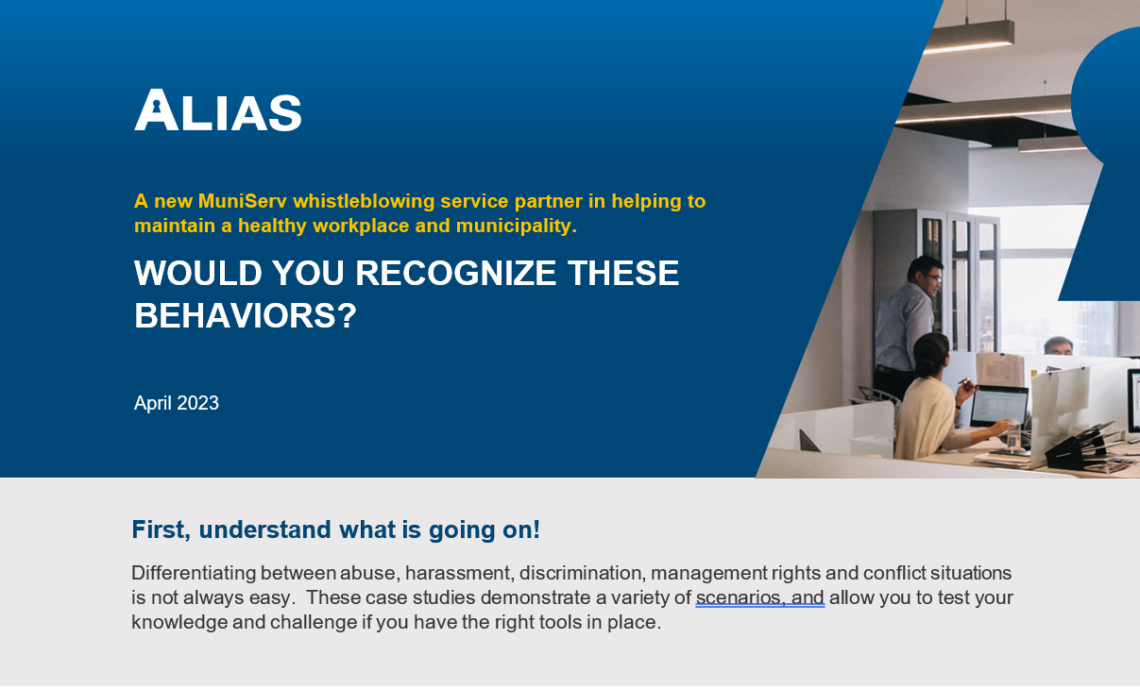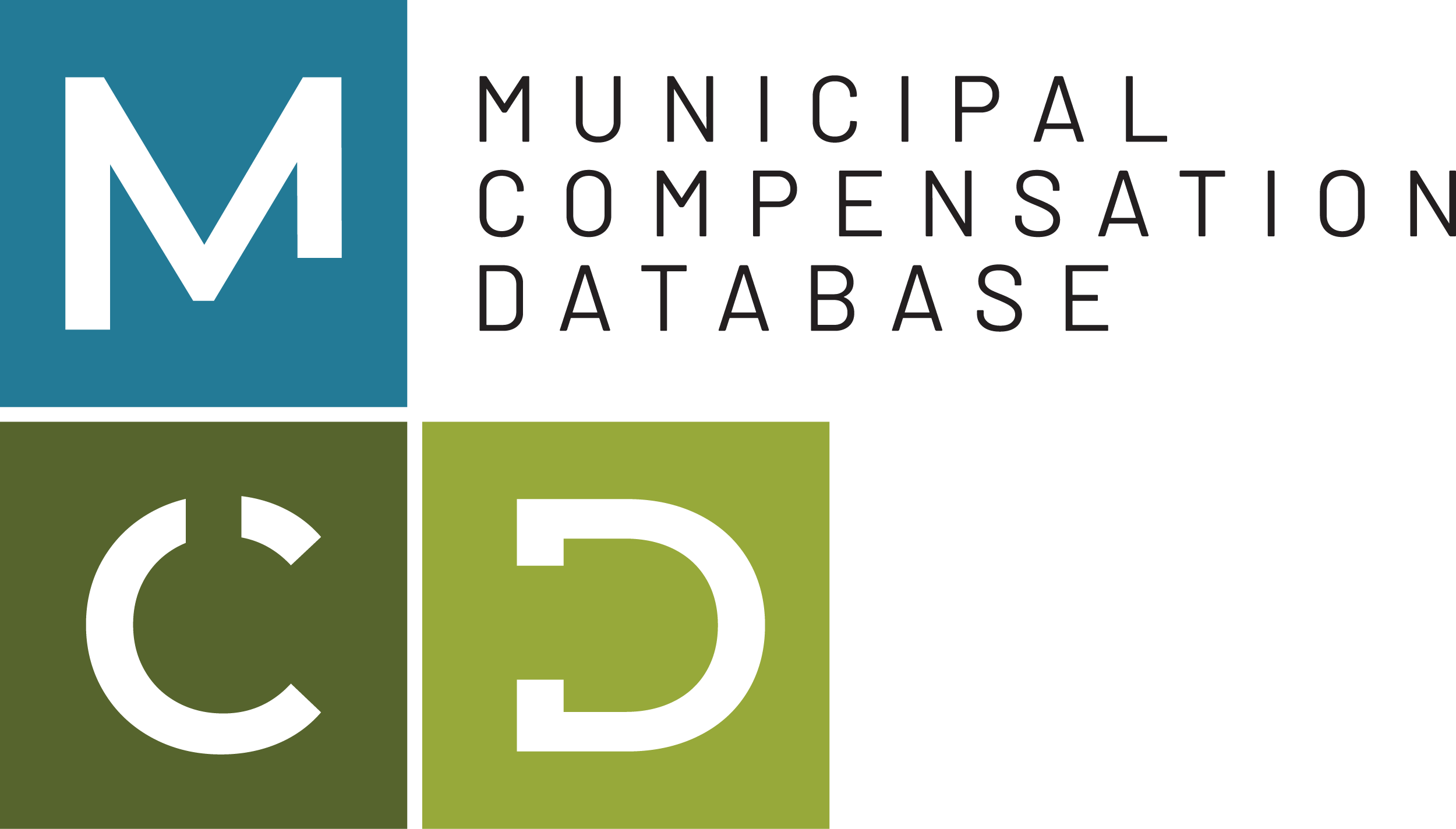With the minimum wage in Ontario set to increase significantly by +6.7% in October, we’re seeing many employers in this high inflation environment budgeting for increases of between 3% to 5% (or more) — much higher than the historical average of 1.5% to 3.0%. Hourly wages increased on average by 4.0% in 2022, compared to the historical pre-pandemic average of 2.5% (+/-). 2023 is not over but early data suggests wages at the macro-level could increase at a higher pace again this year than the historical norm (following a CPI increase last year of +6.7% – which is why the Ontario minimum wage is going up by that amount in October – it is tied to the annual CPI measurement).
Hopefully inflation will cool but current trends are not yet consistently supporting that view (July CPI was 3.3% vs the same month last year, though economists were predicting it would be lower, at 3.0%).While the economy contracted at an annualized rate of 0.2 per cent in the second quarter of 2023 (which was far weaker than forecasters had expected) it remains to be seen if this is indeed a sign of tapering that will continue in the quarters ahead. At the same time, it appears that wage gains are finally outstripping inflation, meaning there is real growth in wages for the first time, in a long time.
“Entry level” staff seem to be the most difficult to attract and retain right now and it remains to be seen if a higher minimum wage in October will address this shortage. Not unlike 2018 when the provincial government increased the minimum wage to $14.00 (from $11.60), there was a huge cost-crunch for employers that also threw off the internal equilibrium in many organizations with lower-wage workers making as much as more skilled counterparts due to the sudden jump.This will occur again but to a lesser degree (compression between lower paid staff and mid-range employees).
Higher salary budgets may be required for some time, even in the face of a weakening economy. Targeted actions may also be required to address internal-equity imbalances, particularly after the October hike to the minimum wage (we are also mindful that these above-average recommendations themselves contribute to the inflation we are all experiencing). We are told that inflation will cool this year and next, and if that holds true, we should see increases reduce to the 2-3% range again. Time will tell.
(Need more information or other Human Resources advice? Please feel free to contact us for more information about our services including our HRLive platform, a turnkey solution built to address the HR needs of small-to-medium municipalities).








.png)





